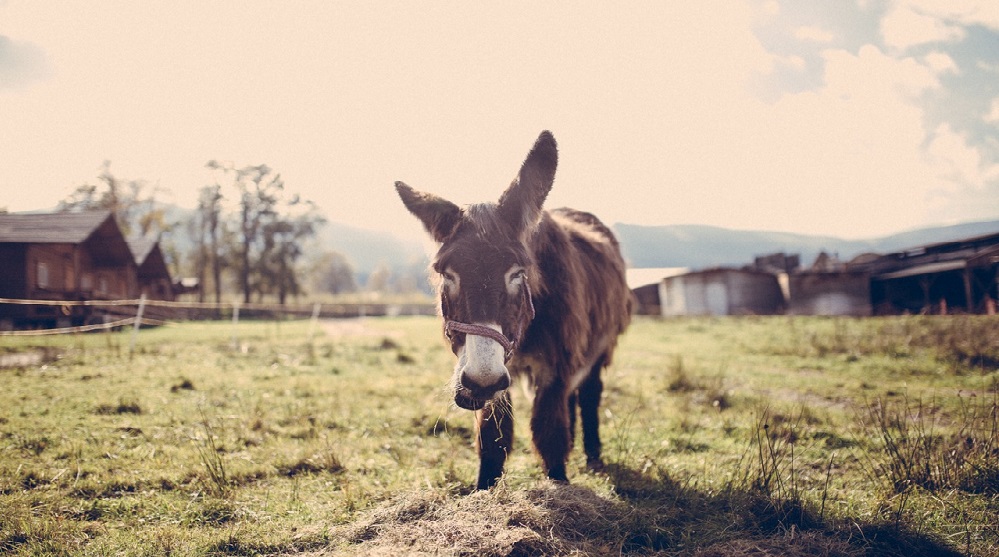BETHLEHEM – An extra dose of surprise came some 2,000+ years ago in Bethlehem when an unusual creature found its way to the manger for the birth of lord and savior Jesus Christ; a donkey managed to snag a front row seat.
Witnesses noted puzzled looks from the wise men after they visited with the infant savior. “I heard muttering,” said local herder Amir Sokhan. “They just seemed dumbfounded and mimicked the ‘hee-haw’ sound while shaking their heads.”
The incident proved enormous for the legacy of the donkey. Now, more than two millennia later, the animals are still thrust into cultural relevance every year in late December.
“It says something about resilience,” said Paul Michaels, whose family has raised miniature donkeys for the past few decades. “They’re pleasant enough, and people know that, but they refuse to go away despite people always asking ‘What exactly do you do with a donkey?'”
A spokeswoman for the Donkey and Mule Association of the Western Reserve, Wendy Herrick, thinks the otherwise low-profile animals deserve it. “Look, they’re beasts of burden – they’ve been through it all. Who do you think carried medicines?” she said. “Who do you think guides people into the Grand Canyon? Who do you think can pull a cart at a slow-but-steady pace? Donkeys, that’s who. They’ve earned this notoriety.”
A closer look will show that the standard fur pattern of a donkey includes what appears to be a cross on their back and shoulders. “See?” taunted Ms. Herrick. “See?!”

